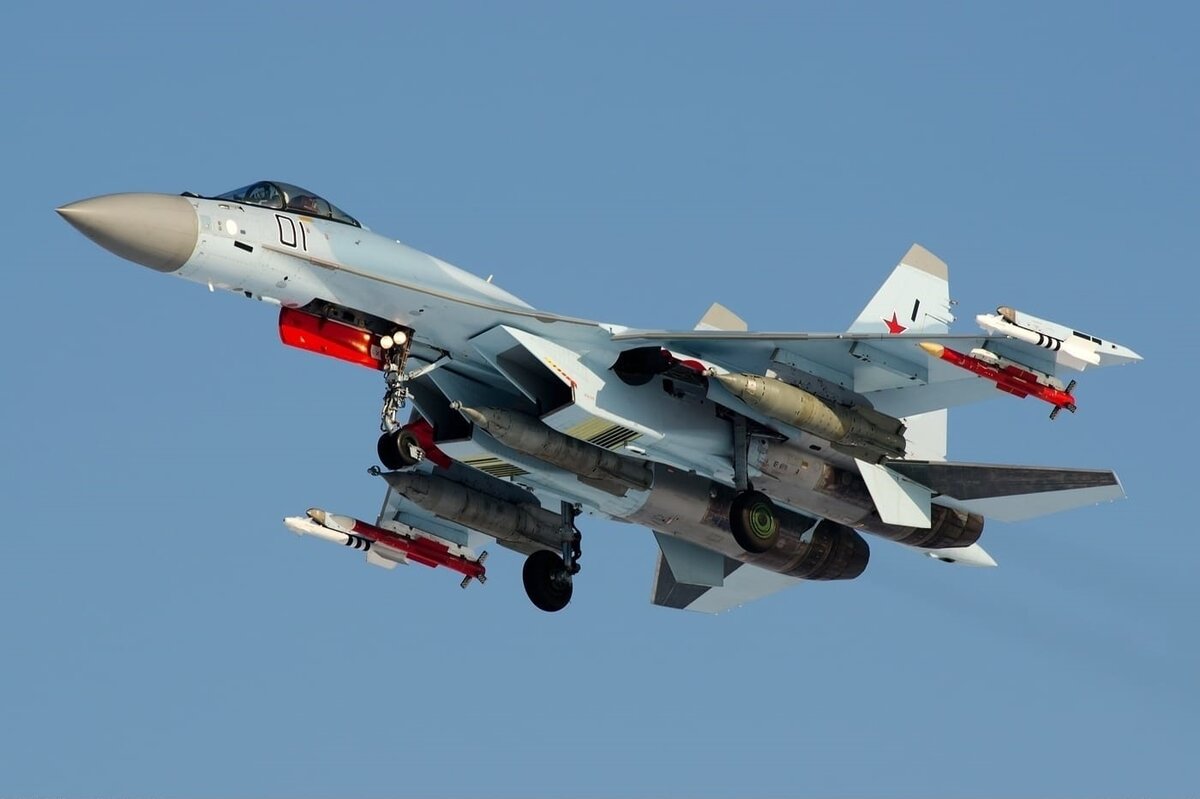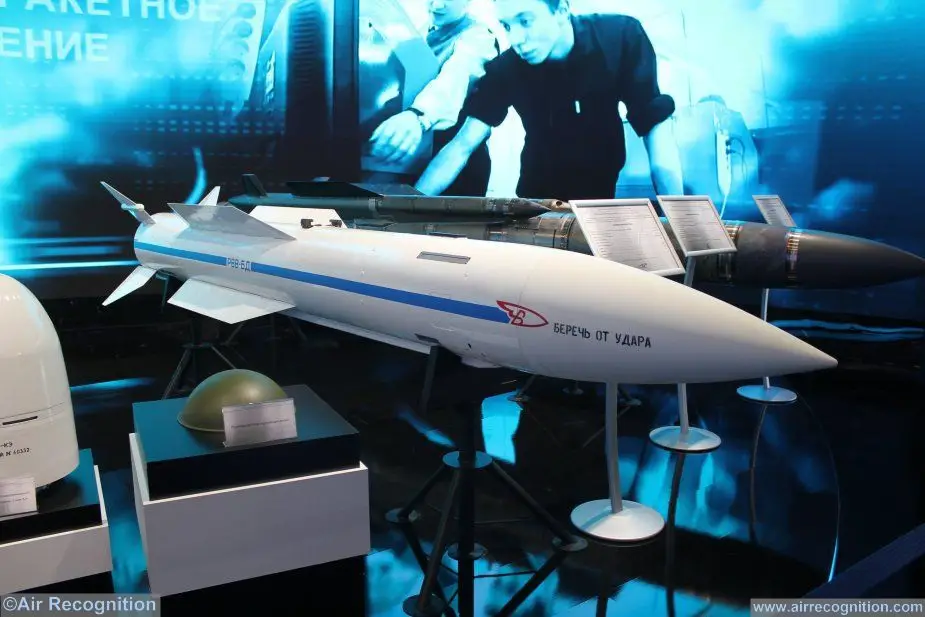The Turkish Air Force has long maintained one of the biggest fighter fleets in NATO, with ten squadrons of F-16C/D Fighting Falcons comprising the whole of its U.S.-made aircraft strength.
An estimated 250 F-16s are in service, the large majority of them license built in the country itself, supplemented by a training squadron of F-5A/B Freedom fighters and a single frontline unit of 19 F-4E Phantoms modernised in Israel for ground attack missions.



Turkish Air Force F-16s
F-16s in the United States Air Force have somewhat bridged the performance gap with some of the heavier fighters fielded abroad by integrating new generations of sensors and air to air missiles, with those fielded from the early 2000s integrating the AIM-120C air to air missile with a 105km engagement range and active radar guidance.
More recently they have begun to integrate the Northrop Grumman AN/APG-83 Scalable Agile Beam Radar, the sophistication of which compensates for the small size of the sensor suite the F-16 can carry. The AN/AGP-83 allows F-16s to integrate the even more capable AIM-120D air to air missile which benefits from a 160-180km engagement range.
From the early 2000s engagements ranges of around 100km and active radar guided missiles became the norm for modern fighters, with the Chinese PL-12 and Russian R-77 providing comparable capabilities to the AIM-120C. The mid-late 2010s saw this improved further, with the AIM-120D entering service from 2014, and from around the same time the Chinese PL-15 provided a 200-300km range and AESA radar guidance in its own seeker.
The Russian R-37M, which entered service around 2019 on fighter-sized aircraft, provided a longer 400km range but was considerably heavier.

Although the Turkish Air Force fields a large fighter fleet, its air to air missiles have failed to move past the 1990s in terms of sophistication with its most capable missile remaining the AIM-120B. This missile provides active radar guidance and a 70km range, meaning it still provides Turkish jets with an advantage over some other F-16 operators such as Egypt and Iraq which rely on the obsolete semi active radar guided AIM-7 Sparrow.
Neverthless, with even the AIM-120C fast ageing, reliance on the AIM-120B has left the Turkish Air Force obsolete if forced to face threats from most potential adversaries. The Syrian Arab Air Force, which Turkish forces have frequently attacked in its own airspace, have begun in 2020 to field MiG-29SMT fighters with R-77-1 air to air missiles, providing a far superior capability to the AIM-120B. Older Syrian MiG-29s have similarly been modernised with R-77s and Belarusian electronic warfare systems against which the AIM-120B’s countermeasures could prove insufficient.

Russian Su-35 Launches R-37M Missile

Russian Su-35

s R-37M Missile
Turkey’s eastern neighbour Armenia, which deploys heavyweight Su-30SM fighters, also deploys R-77s and could potentially deploy R-37Ms with their armaments remaining unknown. Israeli, Saudi and Jordanian AIM-120Cs, Egyptian R-77-1s on its MiG-29Ms, and R-37M compatibility for Russian jets which have deployed increasingly close to the Turkish border from bases in Syria, leave the Turkish F-16 fleet increasingly obsolete to tackle all manner of potential threats.
Why the Turkish Air Force Still Has No Modern Air to Air Missiles: 250 F-16s Can’t Fire Far EnoughThe expected purchase by neighbouring Iran of J-10C fighters armed with PL-15 missiles would make this disadvantage overwhelming. Turkey has notably sought to domestically develop an equivalent to the AIM-120C, although its limited industrial base means matching the performance of even this relatively old American munition remains unlikely.
The country’s attempts to purchase F-16 Block 70 fighters from the United States, which come equipped with AN/AGP-83 radars, could potentially pave the way for much needed acquisitions of more modern missiles both for newly acquired units and for the existing fleet.





